Intermediates
Gallantry and accessories
Blog Piekiełka
The puzzling nation of the Kalash Valleys - a polytheistic island in the ocean of Islam
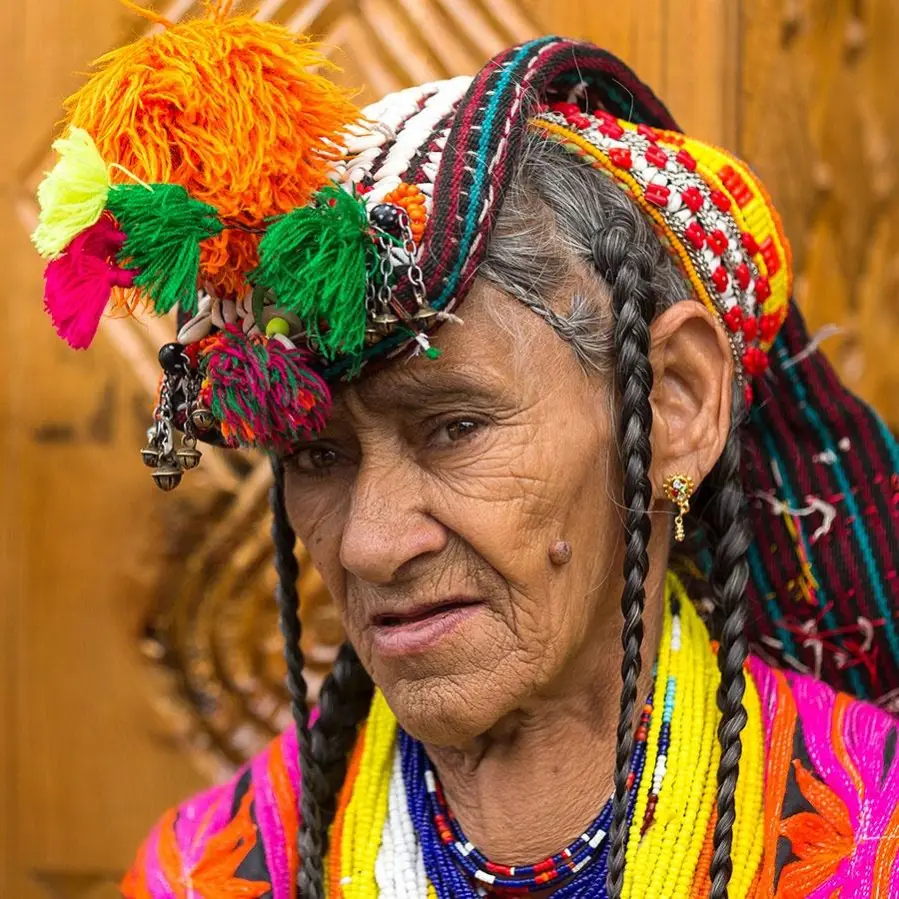
It's hard to imagine a greater contrast than the wine-drinking, light-skinned, blue-eyed Kalashis in the midst of Pakistan's dominant population. It is not known exactly where they came from in the valleys of the Hindu Kush. The fact is that the ethnic minority, numbering only a few thousand today, still retains its age-old identity, religion, way of life and language.
The six-thousand-strong Kalasha nation
The Kalashis are a small ethnic minority living in three valleys in the Hindu Kush massif. They are called Kasivo by the people of neighboring Nuristan (a land in northeastern Afghanistan, on the border with Pakistan). The Kalash have blue eyes, blond hair and fair skin, which is a real mystery to anthropologists and other researchers. The different appearance and polytheistic religion of the Kalashis lead to numerous hypotheses about their ties to Southern Europe.
The origin of the Kalashas is often explained by ties to Greece - Alexander the Great conquered the area more than 2,000 years ago and some of his soldiers settled here. Another theory is that the ancestors of the Kalashas migrated from some place in South Asia called Tsiam. The existence of this place and their roots in that region are mentioned in folk songs and stories.
More recent genetic studies have shown that the Kalash are a far-flung isolated ethnic group that moved away from their common Eurasian ancestors very early on. The Kalash share some genetic traits with Stone Age Siberian hunter-gatherer populations. There is no evidence of genetic influence from southeastern Europe, as well as from eastern Asia. Thus, the Kalash are a stark contrast to the nearest neighboring Indo-European peoples.
It's getting harder and harder to be a Kalash
Surrounded by Muslims, the Kalash are the smallest ethnic group in Pakistan. Their numbers are estimated to have dropped from 30,000 in the 1950s to 6,000 today. They have to constantly fight to preserve their language and customs with the progressive change in lifestyle and the onslaught of surrounding Islam.
Today, only about 3,000 Kalash, or half the population, still observe traditional rituals. In practice, every family has someone in it who has converted to Islam. Of the five Hindu Kush valleys where the polytheistic religion was practiced at the time of Pakistan's formation in 1947, two have been completely Islamized. The number of followers of Islam is also growing in the other three valleys (Bumburet, Rumbur and Birir).
Growing religious intolerance is cited as the main reason for Kalashis abandoning their ancestral faith. Indeed, groups of Islamic rebels who do not like the Kalashis' lifestyle are finding safe haven in the Afghan-Pakistan borderlands. There are reports of conversions to Islam by coercion or deception, and there is no way back, as turning away from the Muslim faith is a crime prosecuted under Pakistani law.
It turns out, however, that the threat from fundamentalists is a bit of an oversimplification. It is true that religious radicalization in Pakistan has increased in recent years and pressure on religious minorities has increased, but it is not the only thing that threatens the identity of the Kalashis. Peaceful pressure through contact with the outside Muslim world plays at least as important a role. Most children study in schools where the teachers are Muslims. Adult Kalashis who do not devote themselves to traditional farming and goat-herding, and want to take up jobs in the city, also find themselves in an all-Muslim environment. Modernity reaches the Kalash through Islam.
Paradoxically, Islam enables Kalashis to break out of the constraints of their own culture. According to tradition, marriage between Kalashis who have had the same male ancestor for seven generations is forbidden. Although these requirements have been reduced to three generations, choosing a partner in such a small community is very difficult. Conversion to Islam opens up new opportunities for such individuals.
Women of the Kalasha Valleys
While the behavior of Kalasha women and men is subject to accepted patterns, one in no way comparable to the practical gender segregation of Muslim society. The public appearances of women dressed in colorful gowns and artfully braided hair contrast sharply with the strict dress codes of the region, where the burqa is in common use.
The culture and way of life of the Kalasha differs significantly from neighboring Muslim communities. Women are allowed not only to choose their own husbands, but also to divorce or leave them. There is no separation between men and women, and they can interact and communicate freely without fear of condemnation.
At the early age of four or five, the initiation of girls' womanhood takes place. They marry early, at fourteen or fifteen. In the Kalasha nation, a woman can choose her husband, and if she wishes to change him, she also has the right to do so. She writes a letter to the candidate for her future husband, informing him how much her previous spouse paid for her. The new one, if he decides to marry her, must pay twice as much.
The Kalash observe a variety of social customs and rituals that may seem bizarre and incomprehensible to the rest of the world. In terms of their religion and customs, they are very firm. Anyone who converts to Islam and adopts Muslim principles is shunned by the Kalasha and excluded from their community. In this way, they are able to maintain a strong sense of national identity.
One such age-old custom is to send menstruating and pregnant women to a special building outside the main village. This building, in the form of a dwelling house, is called a "bashaleni." The woman stays there until she regains her "purity." In the event of childbirth, a ritual is performed to restore the mother's "purity" before she can return to her husband.
Although at first glance such treatment of women looks like some kind of barbaric discrimination, there is actually deep folk wisdom in this custom. For women in a difficult period of life, such free time spent outside the village is essentially a way of respite from daily work. By staying with her family, a woman would not be able to give up her heavy duties. Interestingly, this is one of the traditions that distinguishes the Kalashis among other ethnic groups in Pakistan.
Costumes of the Kalashis
The men of the Kalasha nation have long adopted the attire of the Pakistani people. They also wear hats, which is accepted in northern Pakistan. Women, on the other hand, still dress in traditional Kalasha costumes. These consist of long, loose robes in black with colorful embroidery and porcelain shells. Complementing the costume is a colorful, artfully braided headdress. Women also wear colorful beads and necklaces as a distinctive feature.
Beliefs and ceremonies
The Kalash are polytheists and believe in twelve gods and goddesses. Nature plays a spiritual role in their daily life. The beliefs of the Kalasha can be compared to the mythology of the ancient Greeks. There is a view that they cultivate a form of Hinduism. It probably developed locally, subject to the influence of neighboring areas in pre-Islamic times.
One of the gods worshipped by the Kalashis is Mahandeo, the god of harvest and war. Jestak is the goddess of domestic life, family and marriage. Common beliefs also include the mountain nymphs Suchi, who help during hunting and fighting the enemy, and Varoti, Suchi's partners, who live in the high mountains.
The gods have their temples and altars throughout the valley, where they often receive offerings of goats and sheep. They are guests at ceremonies held in their honor.
A funeral ceremony is celebrated in a special way by the Kalashas. The death of a Kalasha is seen as a happy event, as it is a reunion of the soul with the creator. Instead of mourning the dead, they are bid farewell with singing and music and given food for their final journey. After a few days, the deceased are moved to their eternal resting place. In the past, the dead were left in an open coffin, but later they began to be buried. The funeral is both an opportunity to demonstrate the wealth and social status of the deceased and his family.
Major Kalasha holidays
The Kalasha celebrate many holidays throughout the year, combining them with religious offerings and games. Entire villages gather and participate in festivities with singing and dancing. The three main Kalasha holidays are Chilam Joshi in mid-May, Uchau in autumn and Chawmos in mid-winter.
Chilam Joshi is a spring festival that is celebrated each year in late May. The most important Kalasha holiday is Chawmos, which is celebrated for two weeks during winter. It highlights the completion of the annual agricultural work and harvest and involves singing, dancing and sacrifices of cattle, which are then eaten. The Uchaws festival, on the other hand, is held in mid-August at the Mahandeo altar, where fresh cheese is brought as an offering. As usual, singing and dancing are also inherent in this festival.
A bit of optimism in closing
It must be said that the implied pessimism about the continued future of the Kalasha is not necessarily a foregone conclusion. The pressure to constantly adapt is nothing new for Kalashis; for centuries they have had to resist it with the help of their strong cultural identity. Not only that: in recent decades, this resistance has even been strengthened by the interest, recognition and support of scholars, tourists and sympathizers. The Pakistani government has recognized the potential of Kalasha and has even begun to promote tourism in the region.
Kalasha's handmade necklaces
-
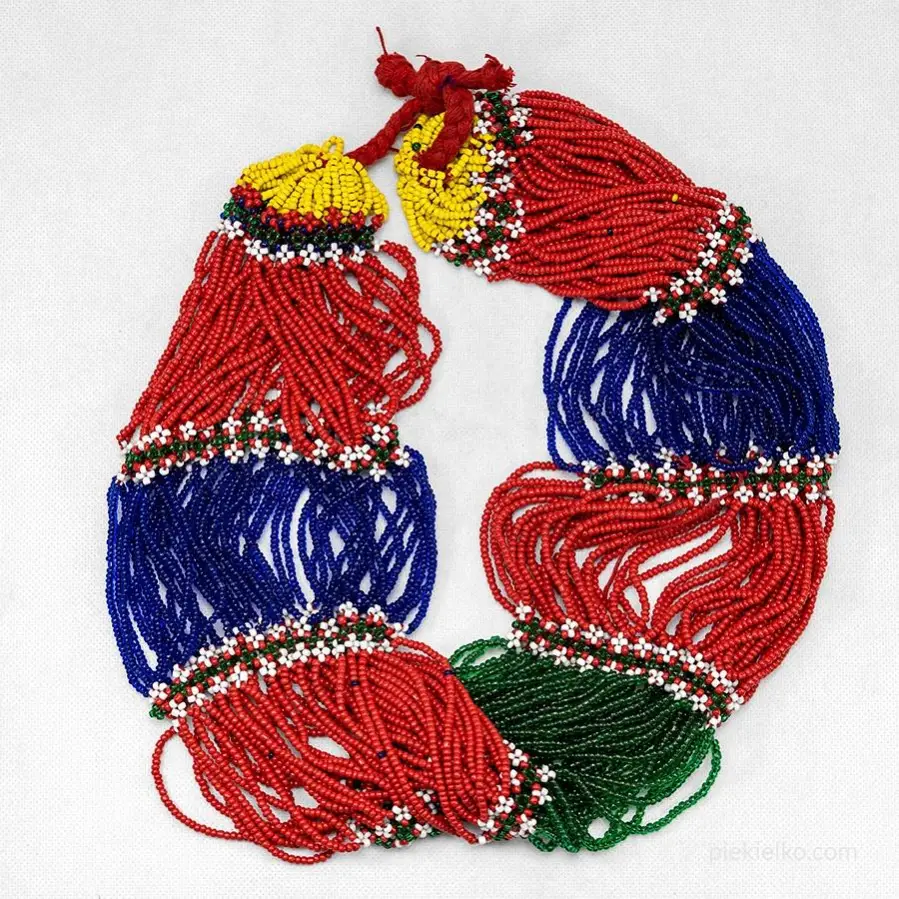
Pakistani Kalash necklace
370,00325,00 -
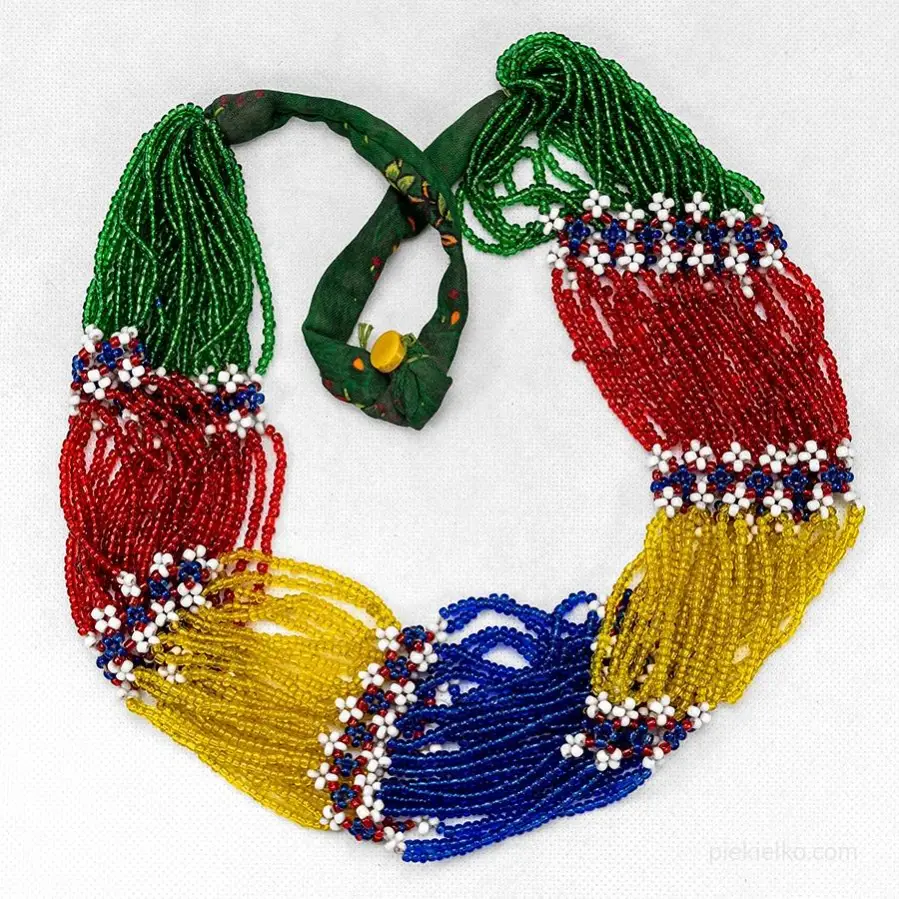
Colorful Kalash necklace
350,00205,80 -
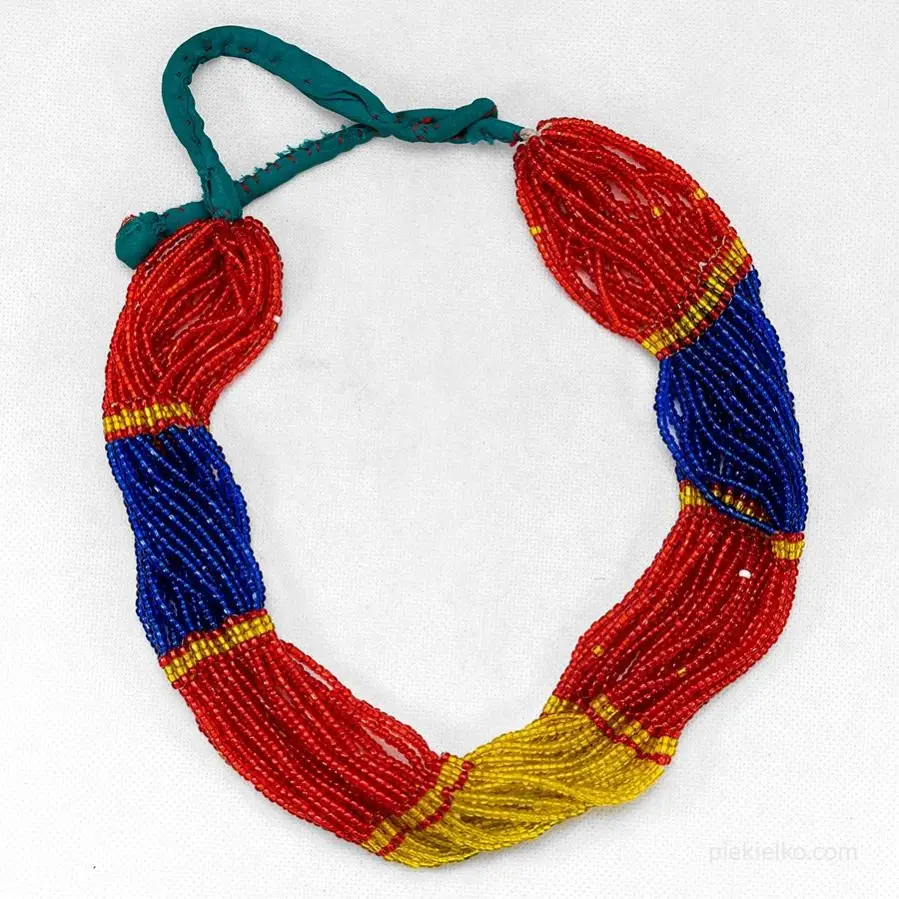
Pakistani beaded necklace
290,00170,52 -
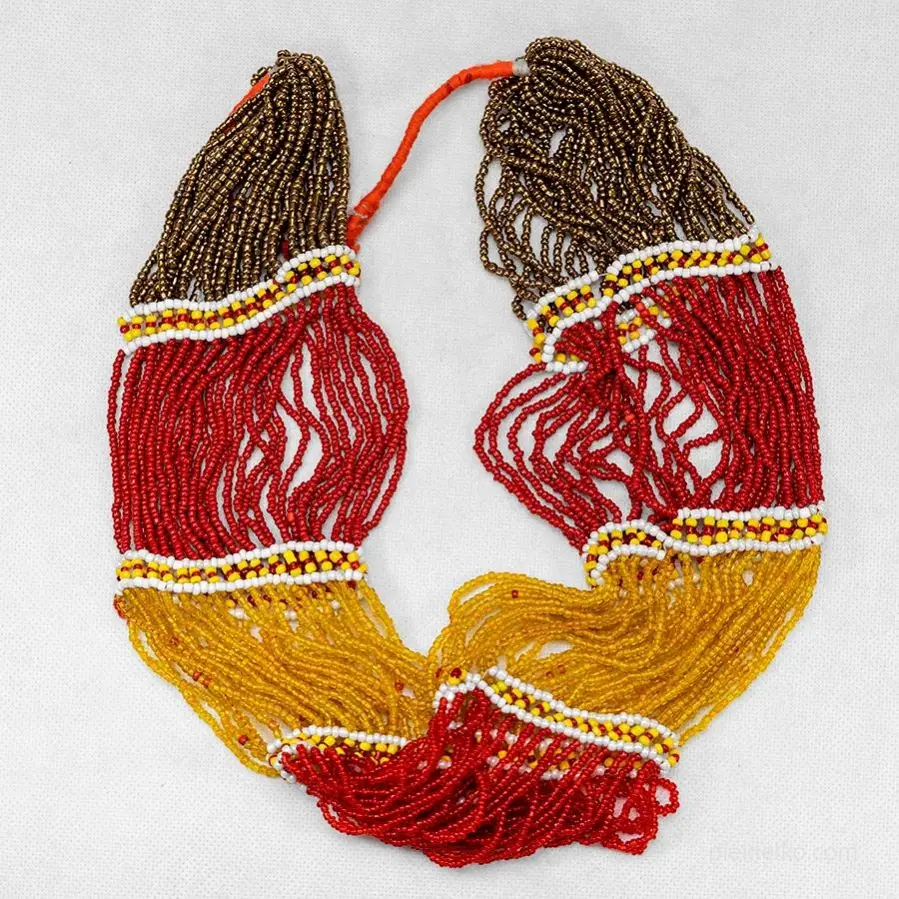
Boho necklace with gold beads
370,00217,56 -
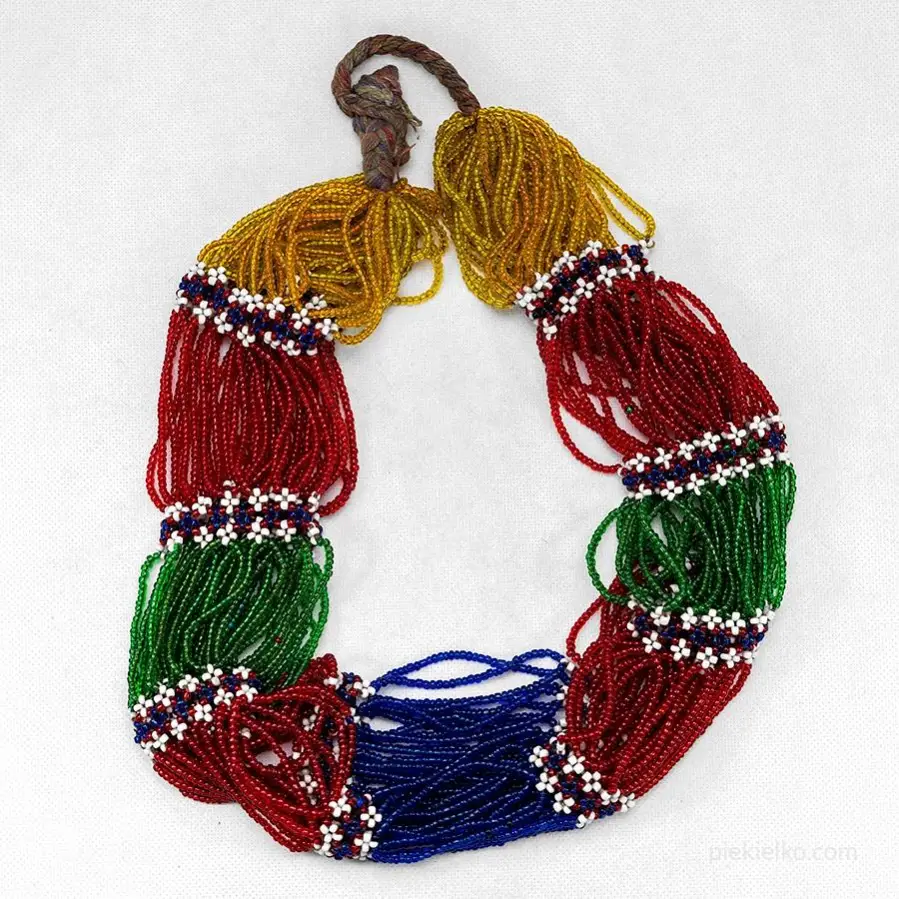
Miyuki bead necklace
370,00217,56 -
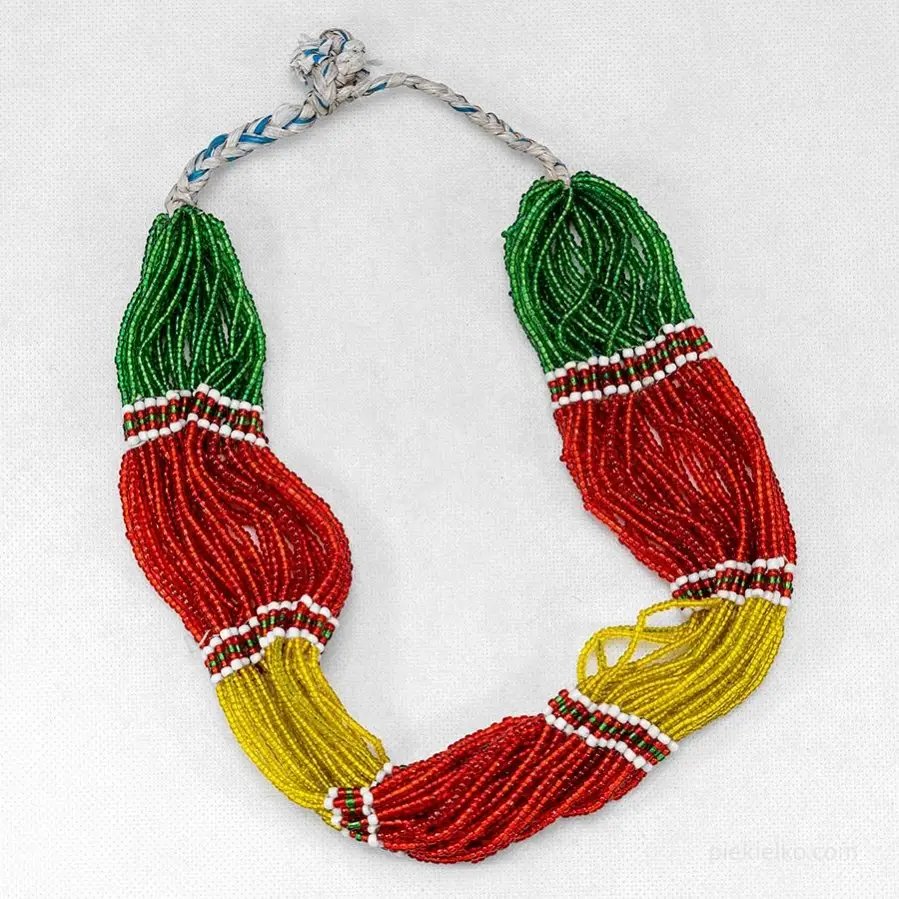
The glass jewel of the Kalasha Valley
290,00170,52 -
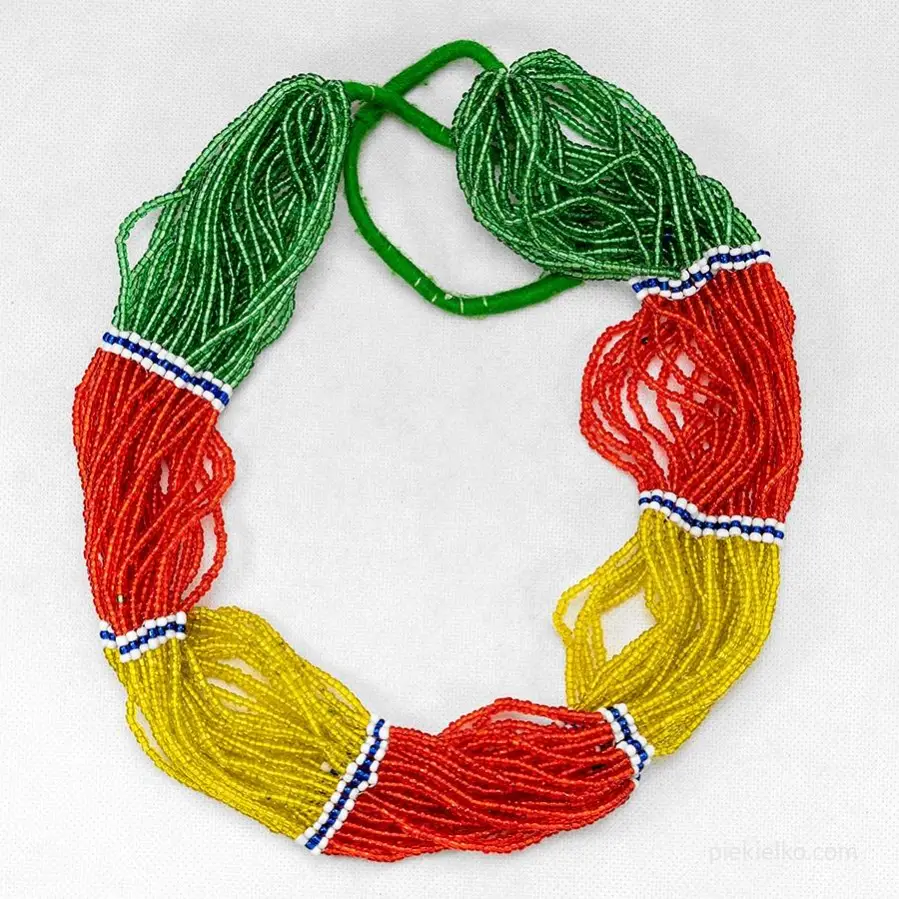
Green and red ethnic necklace
370,00217,56 -
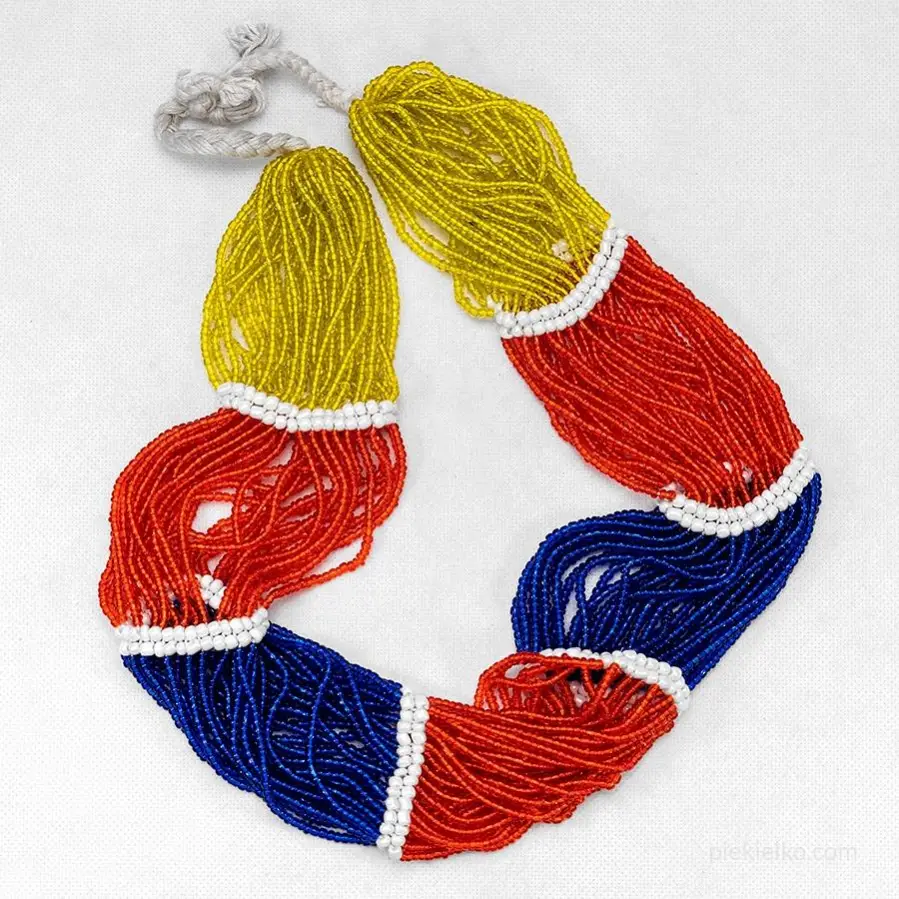
Long glass Kalash necklace
370,00217,56 -
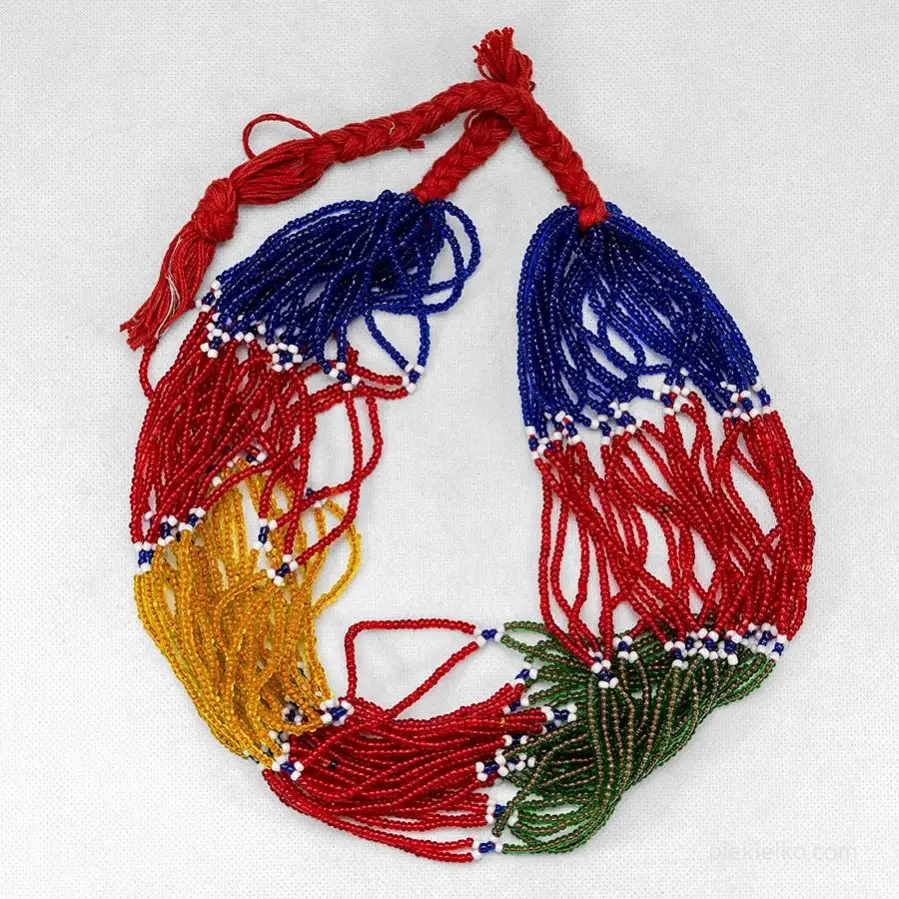
Rainbow sparkle of glass beads
390,00229,32 -
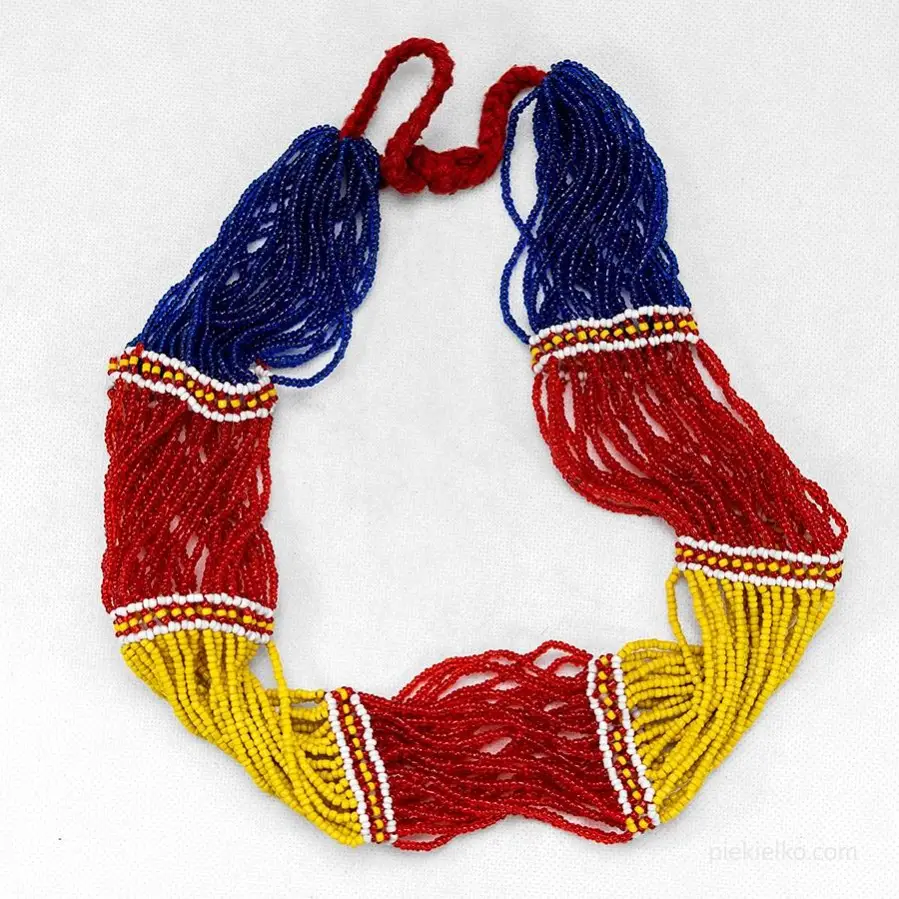
Glass bead necklace
319,00187,57 -
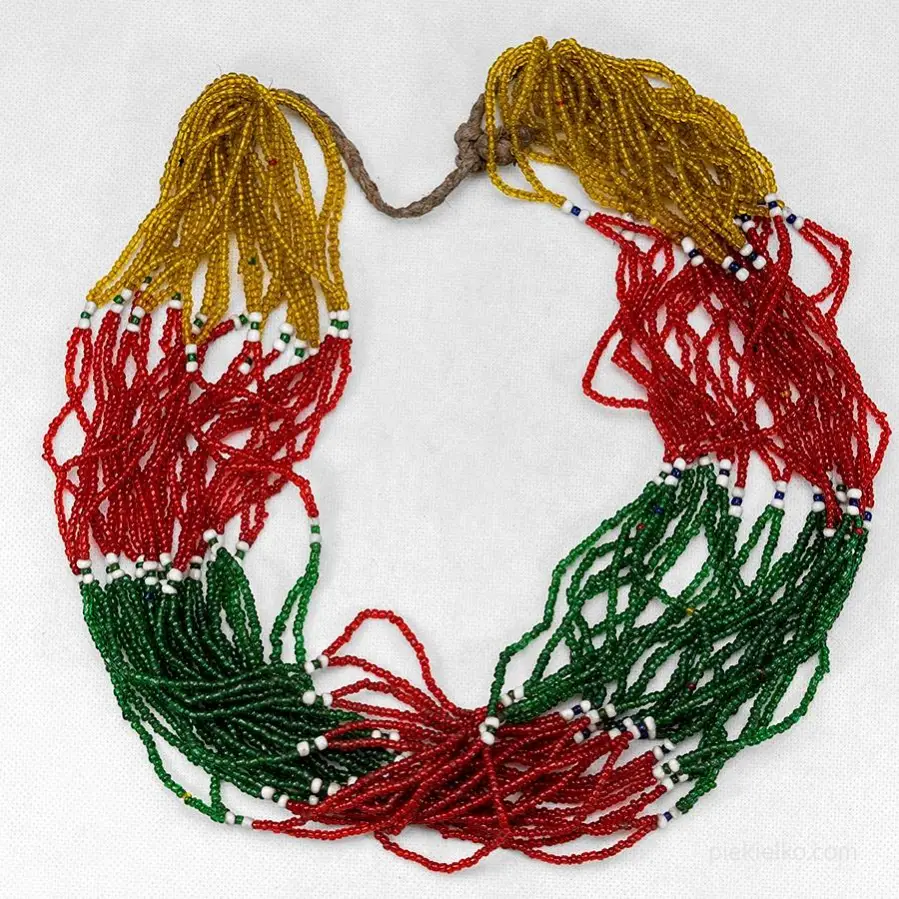
Ethnic glass bead necklace
370,00217,56 -
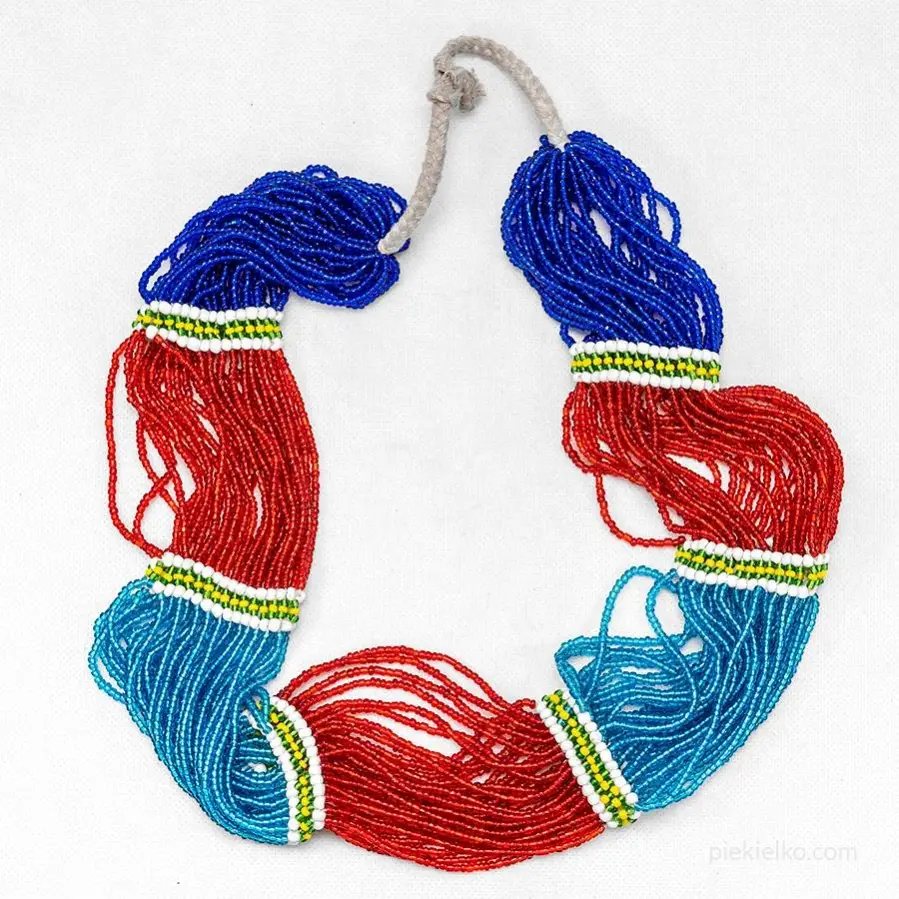
Colorful dreams from the Hindu Kush valleys
390,00382,20



© Piekielko.com

